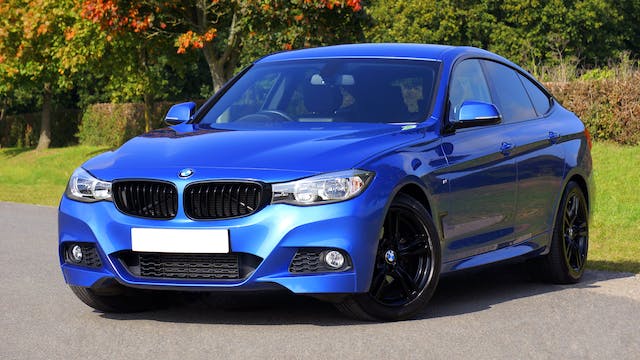Outside of a home, nothing costs consumers more than plunking down money on a new car. As of 2017, the average price for a new car exceeded $35,000, with prices rising every month. The increase in new car prices indicates consumers have no problem paying more to own a new vehicle.
Another option for car buyers involves purchasing used cars. Otherwise referred to as pre-owned cars, used vehicles can fill the transportation void, without taking a big dent out of the family budget. The million dollar question is how much should you spend on a used car.
The million dollar answer depends on several factors.
What Can You Afford?
Every month, two expenses take the largest chunk out of your budget: housing and transportation. You have already committed to the housing part of the expense equation by owning a home or renting an apartment. The transportation expense can be the monthly pass you purchase for public transportation or the cost of a new or used vehicle. Regardless of what type of vehicle you want to buy, how much you should spend on a used car typically involves what you have left to spend in the monthly budget. What can you afford also depends on fuel, insurance, and maintenance costs.
How Do You Plan to Use the car?
The reason for buying a used car also reveals how much you should pay. If the pre-owned vehicle is for giving your 16-year old kid a starter car, then the amount of money you spend should be for the value of a used vehicle model designed and built several years ago. On the other hand, if your primary purposed for purchasing a used vehicle is to provide transportation for daily work commutes, then you need to aside more money to ensure optimal performance. A vehicle model released last year and up for sale by the original owner is considered a used car that you can drive to and from work. Remember vehicle depreciation is greatest during the first year of new car ownership.
Loan or Cash Down
Most auto dealerships and virtually every independent car seller give discounts to car buyers who pay cash for the entire purchase price. You drive away with a used vehicle and the seller enjoys a nice cash windfall. If you need to take out a loan to afford a used vehicle worth as much as some new cars, then you can expect to pay more for the car. With an auto loan, you pay not only the principal that covers the cost of the vehicle, but also the interest charged for financing the pre-owned car.
The 20/4/10 Rule
Consumers who shop for used cars at dealerships should apply a simple rule. Give a down payment that exceeds 20% of the car purchase price. Remember another rule: The higher the down payment, the less you pay for financing. The 4 part of the 20/4/10 rule is to never finance a used vehicle for more than four years. Why finance a pre-owned vehicle for more than four years, when you risk losing money because the car no longer delivers satisfactory performance. Above all, never allow the monthly payments you make on a car loan to rise above 10you’re your monthly gross income.
Make and Model Matter
Much of the discussion about how much you should spend on a used car surrounds the age of a vehicle. You also have to consider the make and model of a vehicle. A two-year old Honda Civic costs less than a two-year old Audi A3. However, some upscale car models depreciate faster than the depreciation rates of more affordable vehicles, which means you should closely review depreciation costs to determine if a once pricier model is now within your used car buying price range.
You might not have to spend much money at all to buy a pre-owned vehicle. If you have a car to trade in, you can cover the entire cost of a used vehicle and not take any money out of your bank account. A trade in also gives you more financial freedom to purchase an upscale car. You need to receive an accurate appraisal of the trade in, before you spend time negotiating with a dealership sales representative.

